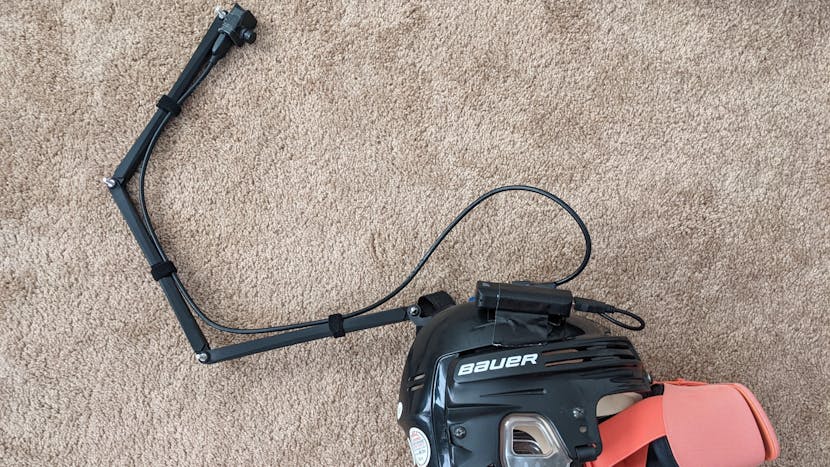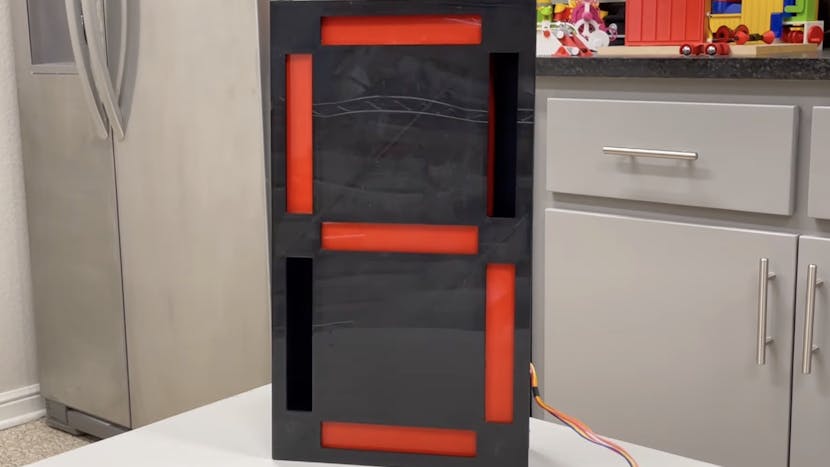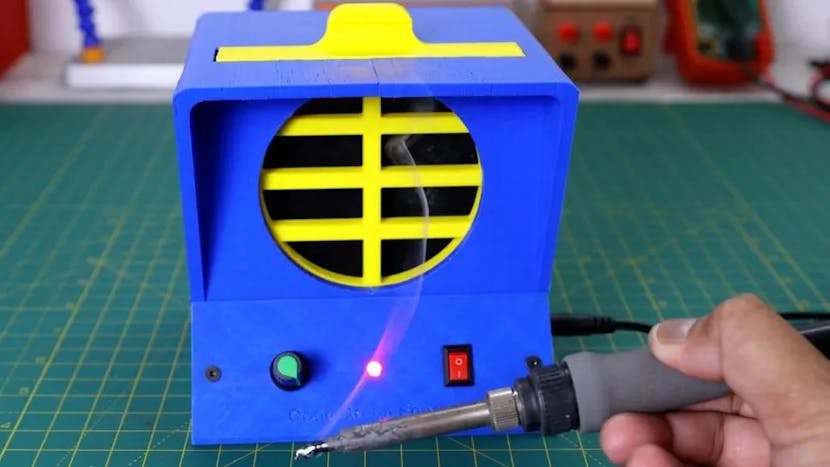This camera system lets users see themselves from a different perspective ad they walk around.
A previous attempt
Nearly every human experiences the world with a pair of eyes that are only in one position for their entire lives. TurkeyDev wanted to change this by creating a VR device that allows people to see themselves in the world from a different perspective. In his first attempt at creating this system, TurkeyDev began by taking a DIY Google Carboard VR headset and pairing it with a Raspberry Pi camera, but in doing so ran into several issues. The main problems with this initial setup was the lack of a good, solid headset and too much latency which could cause motion sickness.









